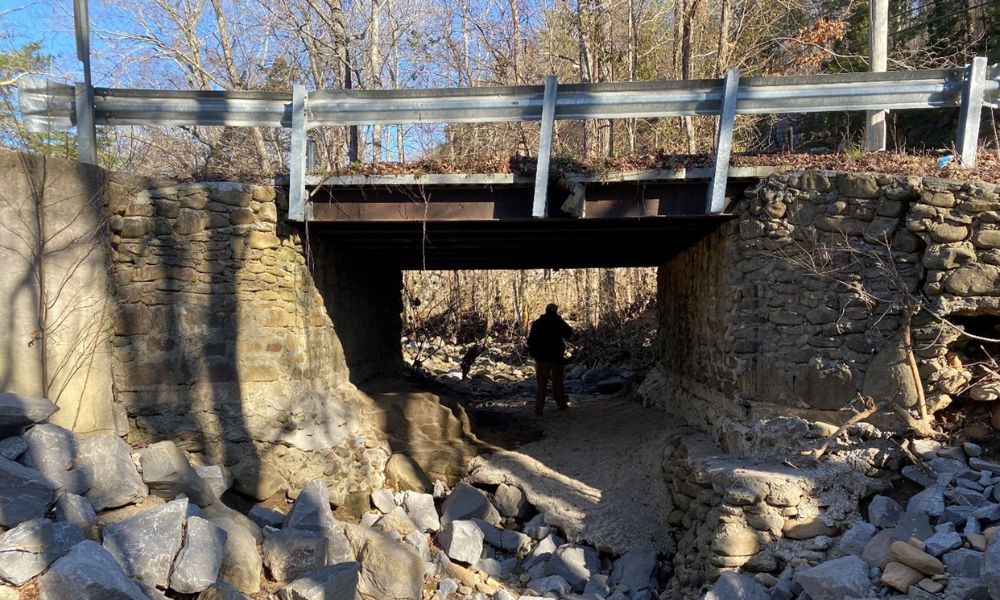The Federal Highway Administration (FHWA) bridge inventory includes only bridges that are over 20 feet long. While this is an important step in ensuring the safety of drivers, it does not account for other non-bridge structures, such as bridges that are 20 feet long or less, culverts, and large pipes.
These non-bridge infrastructure elements are also critical to a safe and efficient transportation system and are often overlooked when it comes to inspection and maintenance. With an estimated two million non-bridge inventory structures in the United States, the need for frequent inspections becomes increasingly urgent. A failure of these structures could lead to costly repairs and delays and cause serious harm to people traveling on-road.
Why Does the FHWA Maintain a National Bridge Inventory?
The FHWA maintains a National Bridge Inventory for two main reasons: safety and to ensure that bridges are inspected regularly. As bridges often span large distances and carry heavy loads, they can require significant maintenance to remain safe. With the NBI, the FHWA can track bridge conditions across states, identify potential problem areas, prioritize repairs and maintenance, and stay on top of potential hazards.
How Does the FHWA Define a Bridge?
The FHWA defines a bridge as any structure that spans 20 feet or more and is for vehicular traffic. This includes bridges, culverts, tunnels, viaducts, and other structures that can support vehicular weight. Non-bridge inventory structures are excluded from this definition even though they are just as important to the safety and efficiency of our roads.
Who Is Responsible for Bridge Inspections?
The FHWA’s bridge inventory includes only bridges that are over 20 feet long. State and local governments are responsible for inspecting, rating, and maintaining their own bridges under the NBI program. Additionally, local governments may also be responsible for the inspection and maintenance of non-bridge inventory structures, including bridges that are 20 feet long or less and the bridge culverts and pipes that run under them. Depending on the size and scope of the structure, a third-party inspector may come in to perform regular inspections.
What Are the Benefits of Inspecting Non-Bridge Inventory Structures?
Regular inspection and maintenance of non-bridge inventory structures can ensure that they remain safe, efficient, and reliable. This can reduce repair costs and protect the safety of drivers.
Additionally, by focusing on these structures, governments can reduce their overall costs related to infrastructure maintenance and repairs. Finally, regular inspections can provide important data that can inform future construction projects and ensure that existing roads are properly maintained.
We can’t understate the urgency of inspecting non-bridge inventory structures. There are thousands of deteriorating bridge structures across the country that are 20 feet or less in length. Vehicles traverse these bridges daily, yet there’s no law mandating their inspection. But all bridges, whatever their length, are subject to wear, corrosion, shifting soil conditions, flooding, and decay, whatever their materials.
In short, regular inspection and maintenance of non-bridge inventory structures can ensure the safety of drivers and reduce long-term costs associated with infrastructure repair. By taking a proactive approach to inspections, governments can protect their citizens and stretch limited resources further. The need for frequent and thorough inspections of non-bridge inventory structures is urgent, and municipalities should take it seriously.



Leave A Reply